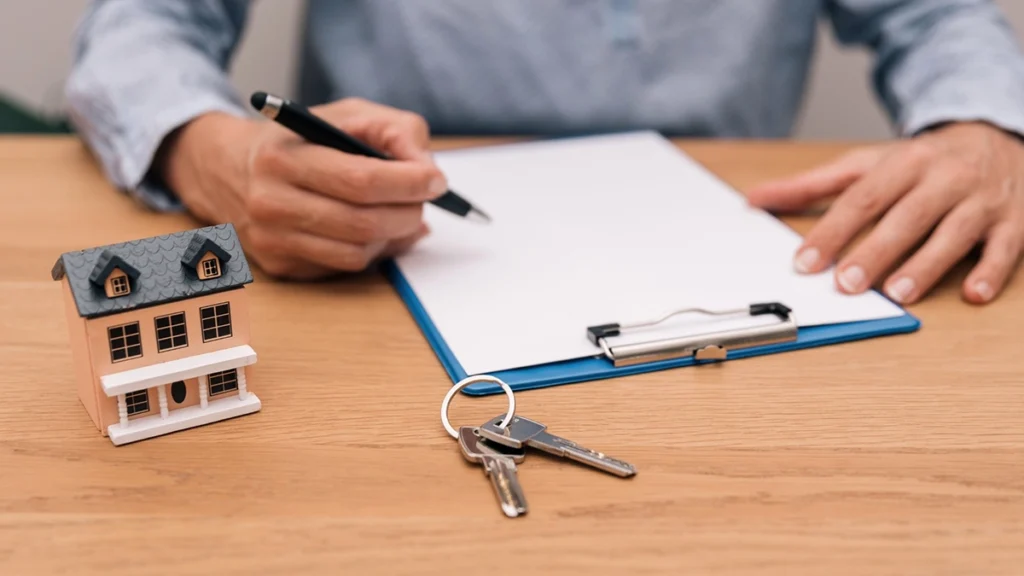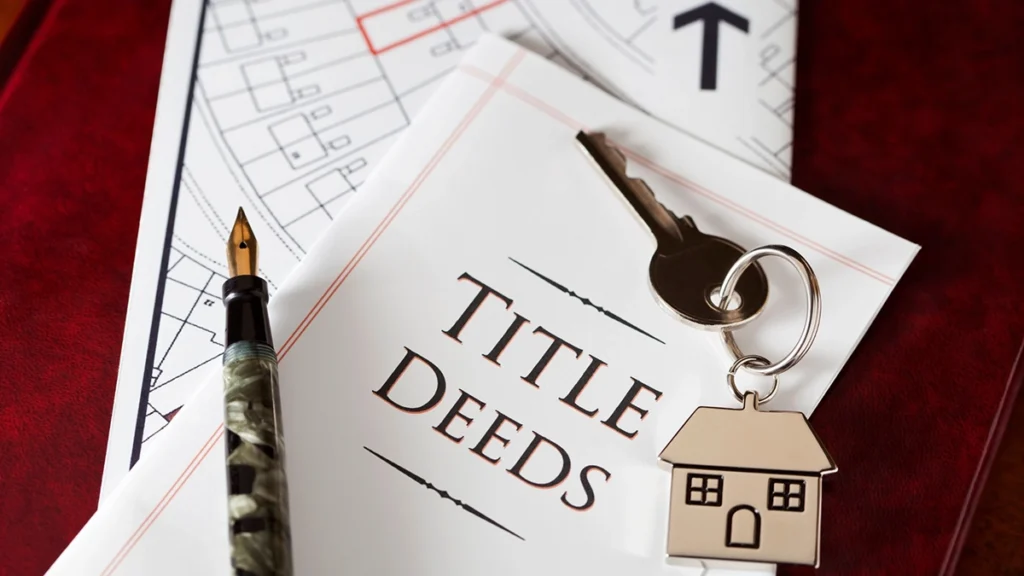Every home tells a story. It is where laughter fills the rooms, where milestones are celebrated, and where memories become part of the walls themselves. When it comes time to think about protecting that home for the next generation, many families fear the process will be complicated or expensive. The good news is, it does not have to be. One of the easiest and most effective tools available is the Lady Bird Deed.
A Lady Bird Deed, also called an Enhanced Life Estate Deed, helps homeowners keep control during their lifetime while ensuring their property passes smoothly to loved ones without probate. This guide explains each step, how the deed works, and why families across several states view it as one of the simplest ways to protect their legacy.
Why Families Turn To Lady Bird Deeds
When it comes time for a home to be passed on to loved ones, the property often goes through probate, a court-supervised process that can involve fees, paperwork, and long delays. A Lady Bird Deed avoids that entirely. It allows the homeowner to retain full ownership and control during life, then automatically transfers the property to named beneficiaries at death. For many, it offers a perfect balance of independence and security.
Step One: Deciding If It Fits Your Goals
The first step is understanding whether a Lady Bird Deed aligns with your goals. This option is best when you want to pass your home or real estate to heirs without probate. It is especially helpful for older homeowners who want to preserve family property while maintaining the ability to sell, refinance, or adjust plans if life changes.
Keep in mind that Lady Bird Deeds are recognized only in six states: Florida, Texas, Michigan, West Virginia, Vermont, and North Carolina. In those places, this deed is a trusted tool for avoiding probate and simplifying estate planning. Homeowners in other states may need to explore different ways to achieve similar results.
Step Two: Drafting The Deed
Drafting is where clarity matters most. A Lady Bird Deed must correctly list the owner, property, and future beneficiaries. It should also include specific language that gives the owner “enhanced” rights—allowing them to sell, mortgage, lease, or cancel the deed without approval from beneficiaries. This flexibility is what sets it apart from a traditional life estate deed, which transfers certain rights immediately and limits future decisions.
Because the language must be precise, many homeowners work with a professional to draft the document. Errors can cause future confusion, disputes, or even invalidate the transfer. Getting it right the first time ensures the process remains as smooth as intended.
Step Three: Executing And Recording The Deed
Once the deed is ready, it must be signed, witnessed, and notarized before being recorded with the county property records office. Recording makes it official and ensures public recognition. Afterward, the homeowner continues to live in and control the property fully. When they pass away, the transfer happens automatically. The beneficiary typically only needs to provide a death certificate and an affidavit to update the title.
Step Four: Understanding How It Overrides A Will
Many people assume a Will controls every asset, but property covered by a Lady Bird Deed is different. The deed takes precedence over the Will. Even if a Will names someone else, the property still transfers according to the deed. That is why it is important to ensure all estate planning documents align. For many homeowners, the Lady Bird Deed adds a layer of certainty that a Will alone cannot provide.
How Families Experience The Process
Consider John, a 68-year-old homeowner in Texas. He wanted his daughter to inherit his home but worried about the stress of probate. With a Lady Bird Deed, he named her as beneficiary and kept full rights to manage the property. Over the years, John refinanced, rented the home for extra income, and even considered selling it all without needing her consent. When he passed, the transfer took minutes. His daughter submitted the required paperwork, and the home became hers without any court delays. The process was clear, private, and simple. For John’s family, that ease brought lasting peace of mind.
How It Compares To Other Planning Options
Wills
A Will sets out instructions for how assets should be distributed but does not avoid probate. Property listed in a Will must still pass through court before ownership changes hands.
Trusts
Trusts also bypass probate but tend to involve more setup time and cost. They are best for people managing multiple properties or complex estates. For single-property transfers, a Lady Bird Deed is often simpler and more affordable.
Joint Ownership
Adding a child as a joint owner may seem convenient, but it can create tax complications and expose the home to their creditors or divorce settlements. It also removes some control from the parent since the child becomes a co-owner immediately.
Lady Bird Deeds
A Lady Bird Deed avoids probate, keeps full control with the homeowner, and provides an effortless transfer at death. This combination of freedom and simplicity is what makes it so appealing.
Flexibility Is The Key Advantage
Unlike traditional life estate deeds, which limit future decisions, the Lady Bird Deed allows the homeowner to act freely. They can sell, refinance, or make other changes without asking for anyone’s approval. This flexibility gives homeowners peace of mind, knowing their plans can adapt if circumstances change.
Why Families Find It So Simple
Once signed and recorded, the process requires no ongoing management. The homeowner continues living as usual, with complete ownership rights. When the time comes, the transfer happens automatically, saving months or even years of court involvement. The difference in ease is significant.
Why Timing Matters
Planning ahead ensures everything runs smoothly when it matters most. Creating a Lady Bird Deed early helps avoid rushed decisions later. It is not about urgency, but about being prepared. By acting now, families gain stability and peace of mind for the future.
Bringing It All Together
Estate planning can sound intimidating, but the Lady Bird Deed proves it does not have to be. It keeps life simple, preserves control, and protects what matters most, your home and your family. By completing a few clear steps, you can secure your legacy and give your loved ones a smoother path forward.
Key Takeaways
- A Lady Bird Deed is one of the simplest ways to avoid probate and protect a family home.
- The deed must be properly drafted, signed, and recorded to be valid.
- It takes priority over a Will for the property it covers.
- It is recognized only in Florida, Texas, Michigan, West Virginia, Vermont, and North Carolina.



